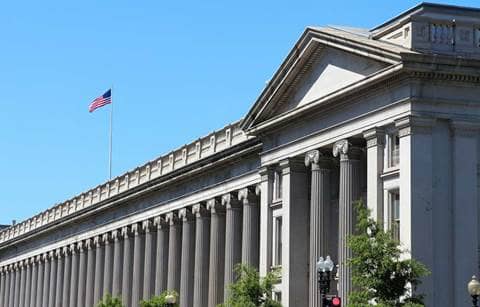On December 21, 2020, the Consolidated Appropriations Act, 2021 (the “CAA”) was passed by Congress and was then signed into law on December 27, 2020. A summary of the key provisions applicable to financial institutions is included below. For additional information on the CAA relief package, be sure to read the full alert from our National Tax Office.
The full text of the CAA is available here and a summary of all provisions is available here.
Provisions relevant to all financial institutions
Paycheck Protection Program (PPP)
The CAA provides additional funding for the Paycheck Protection Program and extends the program through March 31, 2021. Provisions of the CAA include:
- Clarification that a lender may rely on any certification or documentation submitted by a borrower for an initial or second draw PPP loan, and that no enforcement action may be taken against the lender and the lender shall not be subject to any penalties relating to loan origination or forgiveness if:
- the lender acts in good faith relating to loan origination or forgiveness; and
- all relevant federal, state, local and other statutory and regulatory requirements are satisfied;
- Simplification of the forgiveness process for loans under $150,000 by tasking the SBA with creating a one-page borrower certification form to replace the current forgiveness process for these loans; and
- Establishment of a “PPP second draw” loan program for companies with 300 or fewer employees that saw at least a 25% reduction in gross receipts in any of the first three quarters of 2020 as compared to the same quarter in 2019. The maximum loan under this program is $2 million and it is only available if the borrower has used or will use the full amount of their initial PPP loan.
Troubled Debt Restructurings (TDRs)
The CAA extends the suspension of TDR identification initially offered under the CARES Act to modifications made through the earlier of:
- 60 days after the date on which the national emergency terminates, or
- January 1, 2022.
In order to be eligible for this treatment, a modification must continue to meet the remaining criteria of the initial CARES Act, including the requirements that the modification be related to COVID-19 and the loan was not more than 30 days past due as of December 31, 2019.
Current Expected Credit Losses (CECL)
The CAA would allow banks and credit unions to temporarily delay the adoption of CECL until the earlier of:
- The first day of the fiscal year of the company that begins after the date on which the national emergency terminates, or
- January 1, 2022.
After the CARES Act was passed, regulatory agencies issued regulations related to the impact of the adoption of CECL on capital ratios. It is anticipated that similar guidance would follow the enactment of the CAA.
Provisions impacting borrowers
Tax treatment of PPP loans
The CAA provides clarification of the following for tax purposes:
- The forgiveness of a PPP loan is not included in gross income.
- Deductions are allowed for otherwise deductible expenses paid with the proceeds of a PPP loan that is forgiven.
- The tax basis of assets will not be reduced as a result of PPP loan forgiveness.
This is effective as of the date of the enactment of the CARES Act as it relates to PPP loans and effective for tax years ending after the date of enactment of the CARES Act as it relates to certain loans, emergency EIDL grants, and certain loan repayment assistance, as provided by the CARES Act.
Provisions relevant to credit unions
NCUA Central Liquidity Facility (CLF)
The CAA extends the temporary ability of credit unions to borrow up to 16 times the CLF’s subscribed capital stock and surplus through December 31, 2021. Without the CAA, CLF borrowing restrictions would have reverted back to the statutory limit of 12 times.
Visit our COVID-19 resource center for continued analysis of the CAA and other COVID-19-related matters.





